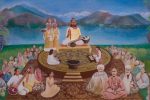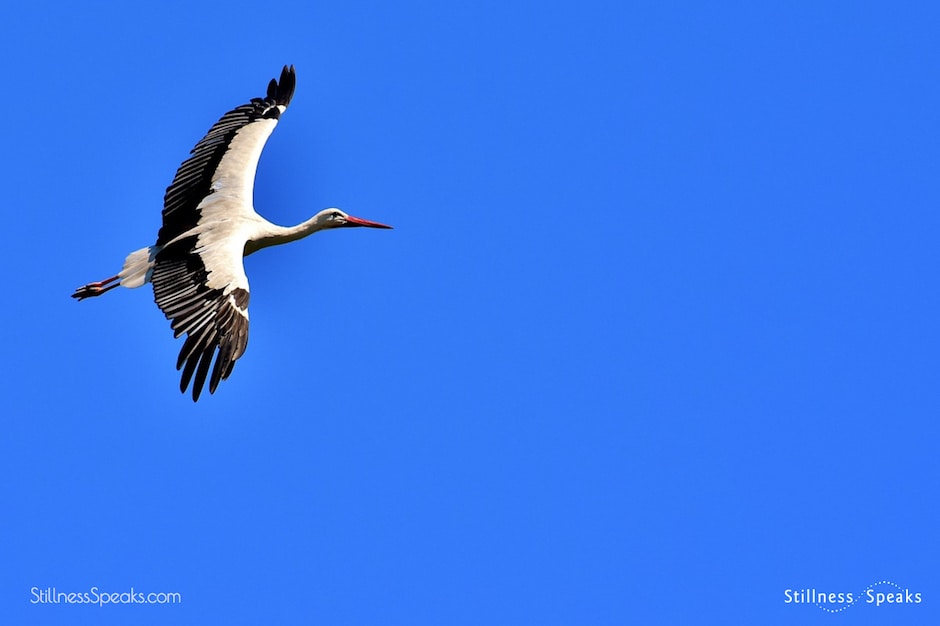Go on meditating day and night. ~ Swami Lakshmanjoo

Stillness Speaks is pleased to offer more teachings from Kashmir Shaivism and Swami Lakshmanjoo.
This post addresses successive meditation, or meditating day and night, an ongoing meditation that keeps the student in god’s continuous presence. This post’s text content is from the Lakshmanjoo Academy’s Website, and is an excerpt from the Bhagavad Gita, in the Light of Kashmir Shaivism Chapter 6 verse 3.
Meditating day and night is successive meditation.
Swami Lakshmanjoo urges us to “Go on meditating day and night” and explains what he means by this…
“Successive meditation does not mean that you meditate one hour in the morning, one hour in the evening–no, it is not that. (rather)….go on meditating day and night. Don’t forget your meditation of thinking of the Lord with breath. Go on watching your breath, day and night.”
It doesn’t matter if you miss “watching” a breath or two or three … what’s important is that you meditate an hour in the morning and an hour in the evening while also ensuring that during the remaining periods of the day you don’t engage in idle conversation and nonsensical chatter. This is important because worldly activity leaves a strong impression which adversely impacts practice.
Swami Lakshmanjoo explains how one should meditate in order to reside in yoga abhyasa (practice)….
“…the one who is trying to reside in yoga abhyāsa, [should practice]….According to his capacity….day and night. … abhyas should be more in weight than the daily activities of your worldly affairs. Worldly affairs should be less in balance [in] scale. Worldly activities [should be much] less.”
“The [remaining] period of your time must be devoted to abhyāsa, to meditation… You should not sit idle, you should go on walking [while] practicing yoga… These [worldly activities] are the means (upāyas) for him.”
Editor’s note…
This yoga in action is tremendously powerful. For example, if you were to continue your practice of contemplation for just fifteen minutes while walking, the benefit will be the same as you would acquire if you were to continuously practice contemplation in your meditation room for two or even three years. This is because yoga in action makes your practice of contemplation more firm, solid, and substantial. This is why Kashmir Shaivism puts stress on yoga in action, and not on that yoga which is inactive.
Editor’s note written by John Hughes, editor in chief of the Lakshmanjoo Academy.







Yoga abhyaas n simran with every breath..
Regards